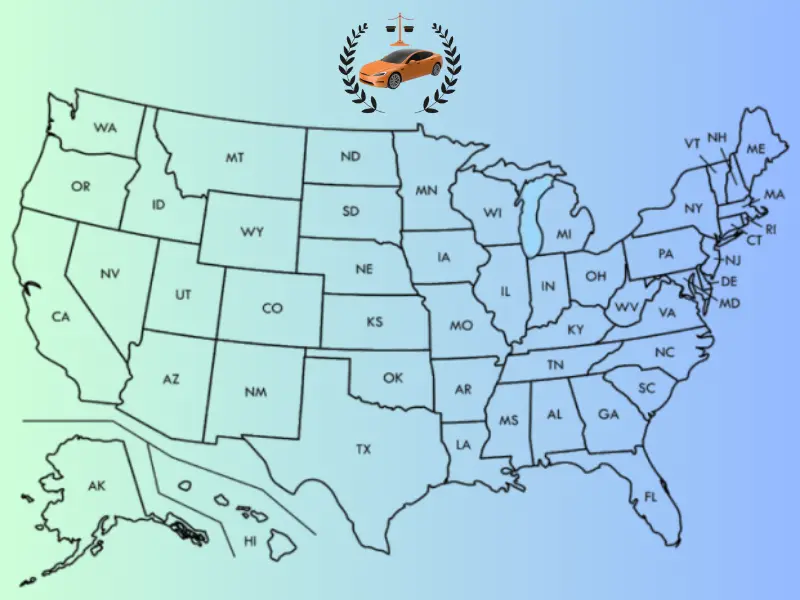Window tinting is very common these days to improve the look and feel of your Vehicle, as it improves the aesthetics of your car, increases privacy and keep your car cooler by blocking the sunlight. We encourage you to follow the legal tint limits according to the regulations of the state you’re living in, as the Tint laws vary significantly across the US.

Tinted windows benefits are of great importance but understanding the window tinting laws can help you to avoid any legal consequences, by following the allowed window tints.
We have provided you the comprehensive details of Window Tint laws for every state. It is recommended to go through your state laws before installing the tints on your car windows.
Terms related to Windows Tinting
Here are some key terms related to Windows tinting to understand the Tint Laws:
Visible Light Transmission (VLT) is the amount of visible light that can pass through the windows of vehicle. Lower VLT percentage means the less light can pass through the windows, which means darker the tint. Alternatively, higher the VLT % means more light can pass through the window and less dark the tint is. State laws uses VLT percentage for vehicle window types (Front Side Windows, Back Side Windows, Rear Window and Windshield), so you must follow the permissible limits for Car windows tint.
AS1 Line is the marking or label near the top end of windshield, usually on the driver side. It is normally 5 inches from the top towards bottom of the windshield. It is the marking to apply tint material from the top of windshield without disturbing the driver’s vision. Many states allow tinting on windshield from top to the AS1 lines or 5 inches, whichever comes first.
Windshield is the front glass through which driver see the road and incoming traffic. Tinting of windshield is not allowed as it ruins the driver vision and increases the risk of road accidents.
